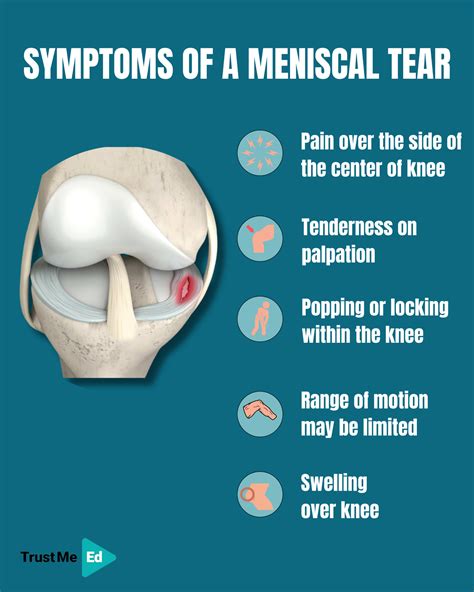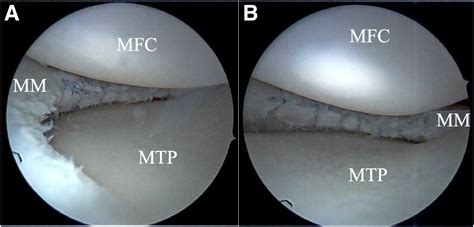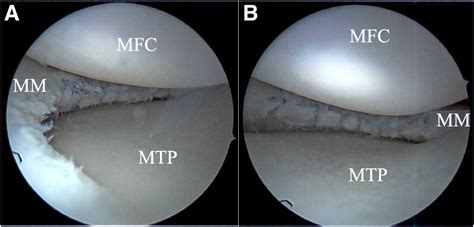Intro
Discover 5 effective ways for meniscus tear repair, including surgical and non-surgical treatments, physical therapy, and knee braces, to alleviate knee pain and promote healing, recovery, and optimal knee health.
The meniscus is a crucial component of the human knee, acting as a cushion between the thigh bone (femur) and the shin bone (tibia). It plays a significant role in absorbing shock, stabilizing the knee, and facilitating smooth movement. However, the meniscus can tear due to sudden twists, turns, or direct blows to the knee, leading to pain, stiffness, and limited mobility. Meniscus tear repair is a common treatment option for individuals suffering from this condition. In this article, we will delve into the world of meniscus tear repair, exploring the various methods and techniques used to treat this debilitating condition.
Meniscus tears can occur in anyone, but they are more common in athletes and individuals who engage in high-impact activities. The symptoms of a meniscus tear can vary depending on the severity of the injury, but common complaints include pain, swelling, and difficulty moving the knee. If left untreated, meniscus tears can lead to further complications, such as osteoarthritis, cartilage damage, and chronic pain. Fortunately, meniscus tear repair can help alleviate these symptoms and restore knee function.
The importance of meniscus tear repair cannot be overstated. By addressing the tear promptly and effectively, individuals can avoid long-term damage and reduce their risk of developing chronic conditions. Moreover, meniscus tear repair can help individuals return to their normal activities, whether it's playing sports, hiking, or simply enjoying daily life without pain or discomfort. With the advancement of medical technology and surgical techniques, meniscus tear repair has become a highly effective treatment option, offering hope to those suffering from this debilitating condition.
Understanding Meniscus Tears

Causes and Risk Factors
Meniscus tears can occur due to various reasons, including sudden twists, turns, or direct blows to the knee. Athletes and individuals who engage in high-impact activities, such as football, basketball, and soccer, are more prone to meniscus tears. Additionally, people with pre-existing knee conditions, such as osteoarthritis, are also at a higher risk of developing meniscus tears.Treatment Options for Meniscus Tears

Surgical Techniques
There are several surgical techniques used to repair meniscus tears, including:- Meniscectomy: This involves removing the damaged meniscus tissue.
- Meniscus repair: This involves suturing the torn meniscus tissue back together.
- Meniscus transplantation: This involves replacing the damaged meniscus with a healthy one from a donor.
5 Ways Meniscus Tear Repair Can Be Performed

- Arthroscopic Meniscus Repair: This is a minimally invasive surgical procedure that involves using an arthroscope to visualize the tear and repair it using sutures or other fixation devices.
- Open Meniscus Repair: This is a more traditional surgical procedure that involves making an incision in the knee to access the torn meniscus and repair it using sutures or other fixation devices.
- Meniscus Transplantation: This involves replacing the damaged meniscus with a healthy one from a donor.
- Meniscectomy: This involves removing the damaged meniscus tissue.
- All-Inside Meniscus Repair: This is a minimally invasive surgical procedure that involves using a specialized device to repair the torn meniscus from the inside out.
Benefits and Risks
Meniscus tear repair can offer several benefits, including reduced pain and inflammation, improved knee function, and decreased risk of long-term complications. However, as with any surgical procedure, there are risks involved, including infection, bleeding, and nerve damage.Recovery and Rehabilitation

Physical Therapy
Physical therapy plays a crucial role in the recovery and rehabilitation process, helping patients to regain strength, flexibility, and range of motion in the knee. A physical therapist can design a customized exercise program to help patients achieve their goals and return to their normal activities.Conclusion and Next Steps

We invite you to share your thoughts and experiences with meniscus tear repair in the comments below. Have you or someone you know undergone meniscus tear repair? What were your experiences, and what advice would you give to others who are considering this treatment option? Share your story, and let's start a conversation about meniscus tear repair.
What are the symptoms of a meniscus tear?
+The symptoms of a meniscus tear can vary depending on the severity of the injury, but common complaints include pain, swelling, and difficulty moving the knee.
How is meniscus tear repair performed?
+Meniscus tear repair can be performed using various techniques, including arthroscopic meniscus repair, open meniscus repair, meniscus transplantation, meniscectomy, and all-inside meniscus repair.
What is the recovery time for meniscus tear repair?
+The recovery time for meniscus tear repair can vary depending on the severity of the tear and the surgical technique used, but generally, patients can expect to follow a rehabilitation protocol that includes physical therapy, pain management, and gradual return to activity.
